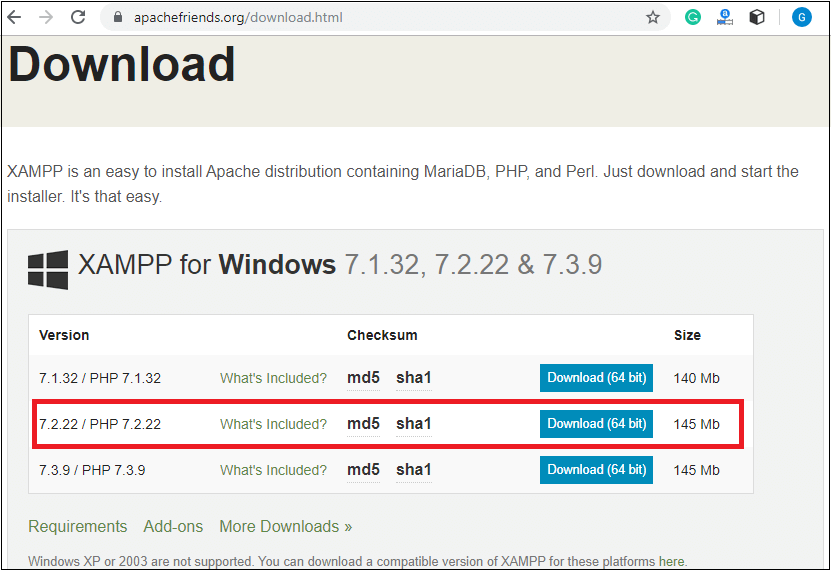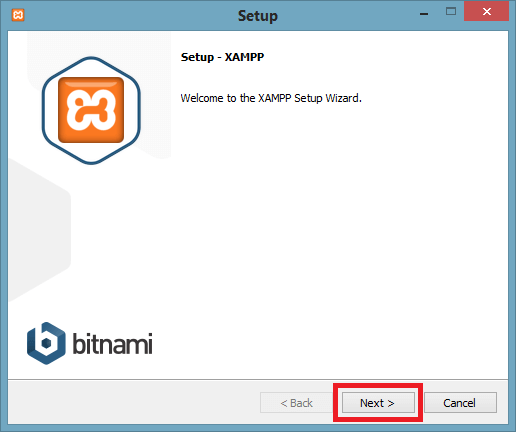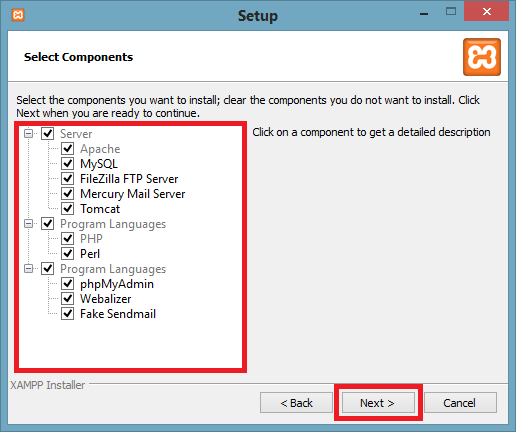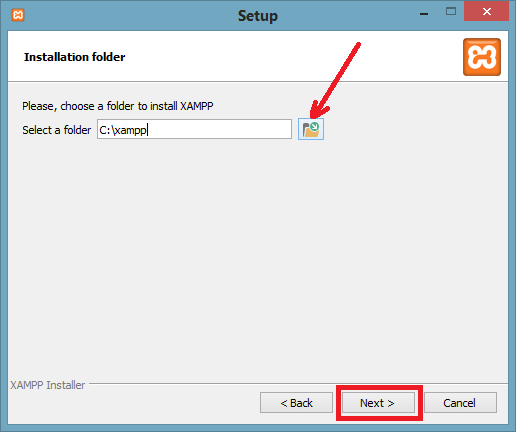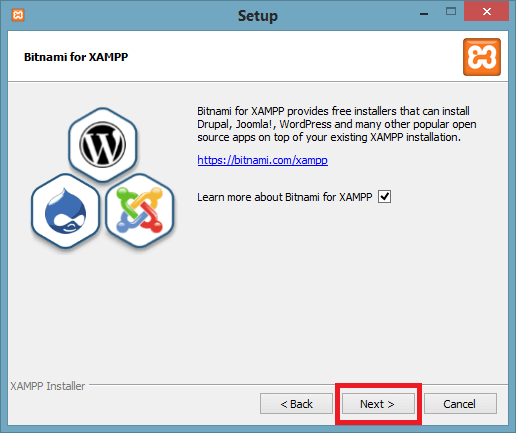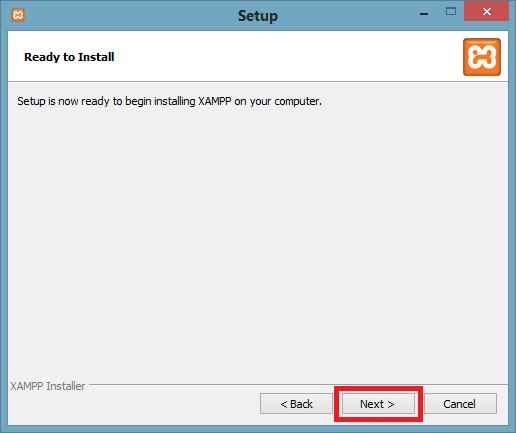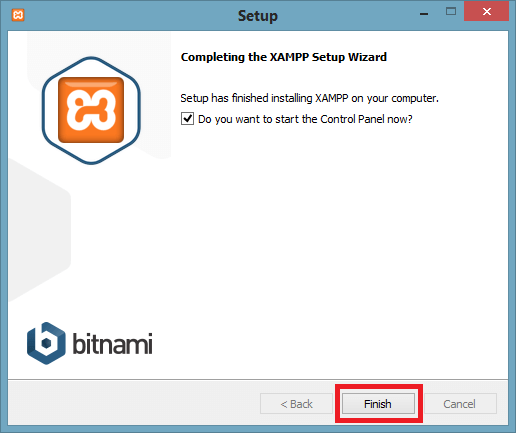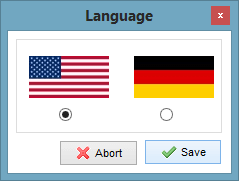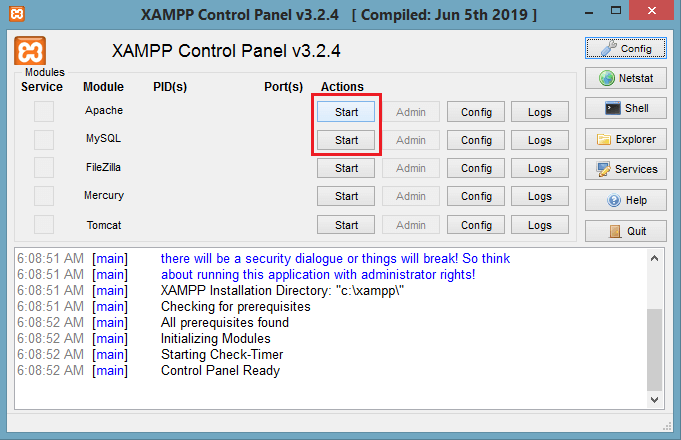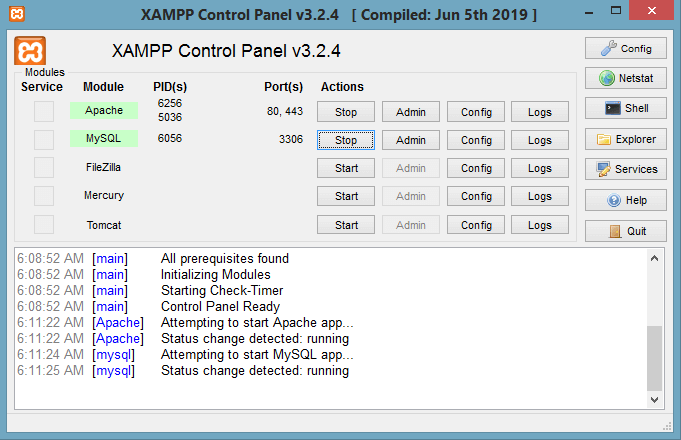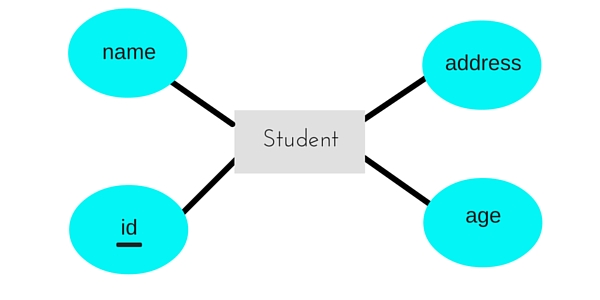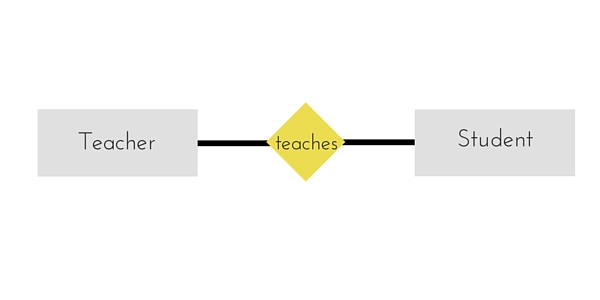PHP Tutorial
- PHP Tutorial
- Install PHP
- PHP Code
- PHP Echo and print
- PHP Variable
- PHP Variable Scope
- PHP $ and $$
- PHP Constants
- PHP Data Types
- PHP Operators
- PHP Comments
Control Statement
- PHP If else
- PHP Switch
- PHP For Loop
- PHP foreach loop
- PHP While Loop
- PHP Do While Loop
- PHP Break
- PHP Continue
PHP Functions
- PHP Functions
- Parameterized Function
- PHP Call By Value and reference
- PHP Default Arguments
- PHP Variable Arguments
- PHP Recursive Function
PHP Arrays
PHP Strings
PHP Math
PHP Form
PHP Include
State Management
PHP File
Upload Download
PHP OOPs Concepts
- OOPs Concepts
- OOPs Abstract Class
- OOPs Abstraction
- OOPs Access Specifiers
- OOPs Const Keyword
- OOPs Constructor and destructor
- Encapsulation
- Final Keyword
- OOPs Functions
- OOPs Inheritance
- OOPs Interface
- OOPs Overloading
- OOPs Type Hinting
PHP MySQLi
- MySQLi CONNECT
- MySQLi CREATE DB
- MySQLi CREATE Table
- MySQLi INSERT
- MySQLi UPDATE
- MySQLi DELETE
- MySQLi SELECT
- MySQLi Order by
PHP Topics
- Compound Types
- is_null() Function
- Special Types
- Inheritance Task
- Special Types
- MVC Architecture
- PHP vs. JavaScript
- PHP vs. HTML
- PHP vs. Node.js
- PHP vs Python
- PHP PDO
- Top 10 PHP frameworks
- phpMyAdmin
- Count All Array Elements
- Create Newline
- Get Current Page URL
PHP Mail
PHP mysql_query() function is used to execute select query. Since PHP 5.5, mysql_query() function is deprecated. Now it is recommended to use one of the 2 alternatives.
- mysqli_query()
- PDO::__query()
There are two other MySQLi functions used in select query.
- mysqli_num_rows(mysqli_result $result): returns number of rows.
- mysqli_fetch_assoc(mysqli_result $result): returns row as an associative array. Each key of the array represents the column name of the table. It return NULL if there are no more rows.
PHP MySQLi Select Query Example
Example
<?php
$host = 'localhost:3306';
$user = '';
$pass = '';
$dbname = 'test';
$conn = mysqli_connect($host, $user, $pass,$dbname);
if(!$conn){
die('Could not connect: '.mysqli_connect_error());
}
echo 'Connected successfully<br/>';
$sql = 'SELECT * FROM emp4';
$retval=mysqli_query($conn, $sql);
if(mysqli_num_rows($retval) > 0){
while($row = mysqli_fetch_assoc($retval)){
echo "EMP ID :{$row['id']} <br> ".
"EMP NAME : {$row['name']} <br> ".
"EMP SALARY : {$row['salary']} <br> ".
"--------------------------------<br>";
} //end of while
}else{
echo "0 results";
}
mysqli_close($conn);
?>
Output:
Connected successfully EMP ID :1 EMP NAME : ratan EMP SALARY : 9000 -------------------------------- EMP ID :2 EMP NAME : karan EMP SALARY : 40000 -------------------------------- EMP ID :3 EMP NAME : jai EMP SALARY : 90000 --------------------------------

